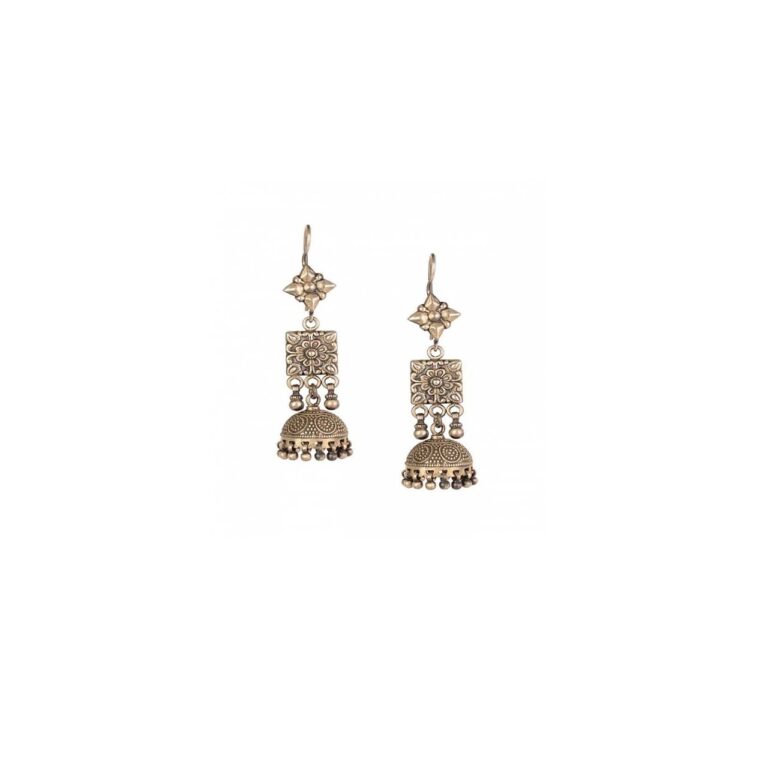The Role of Fashion in Cultural Identity and Expression
Culture is a complex web woven from various threads that encompass a society’s beliefs, values, customs, and traditions. One key element of cultural identity is language, serving not only as a mode of communication but also a vessel of heritage and history. Each language carries nuances and expressions unique to its culture, shaping the way individuals perceive and interact with the world around them.
Another essential aspect of cultural identity is food, as culinary traditions provide a flavorful glimpse into a society’s history, geography, and values. Recipes passed down through generations carry with them the stories of ancestors and the flavors of home. The ingredients used, the cooking methods employed, and the way meals are shared all contribute to the cultural tapestry that defines a community’s identity.
The Influence of Historical Events on Fashion
Fashion is not merely a reflection of personal style; it is deeply intertwined with historical events that shape our society. The clothing trends we see today are often a result of past events that have left a lasting impact on the way we dress. From wartime austerity leading to utilitarian fashion to the economic boom of the 1920s sparking extravagant flapper dresses, historical events have consistently influenced the garments we choose to wear.
One such example is the counterculture movement of the 1960s, which revolutionized fashion with its bold and unconventional styles. The protest against societal norms and the Vietnam War gave rise to the hippie movement, characterized by flowing fabrics, tie-dye prints, and eclectic accessories. This era of social upheaval not only changed the way people dressed but also challenged traditional fashion norms, paving the way for greater diversity and self-expression in clothing choices.
Traditional Garments and Their Significance
Traditional garments hold a deep significance within various cultures around the world. These garments not only serve as a form of self-expression but also as a way to honor and preserve traditions passed down through generations. Each piece of traditional attire carries with it a unique history and meaning, reflecting the values and beliefs of the community it belongs to.
The intricate designs, choice of colors, and specific fabrics used in traditional garments often symbolize cultural symbolism and spiritual beliefs. Through wearing these garments, individuals not only showcase their heritage but also demonstrate a sense of pride and unity within their cultural community. The significance of traditional garments goes beyond mere clothing; they are a tangible representation of a culture’s identity and a testament to the rich tapestry of human history.
• Traditional garments serve as a form of self-expression and honor traditions
• Each piece of traditional attire carries a unique history and meaning
• The designs, colors, and fabrics used symbolize cultural symbolism and beliefs
• Wearing traditional garments showcases heritage, pride, and unity within cultural communities
• Traditional garments represent a culture’s identity and rich human history
What are some key elements of cultural identity represented through traditional garments?
Traditional garments often incorporate elements such as color symbolism, intricate embroidery, and specific styles that have been passed down through generations, reflecting the unique cultural identity of a particular community or region.
How have historical events influenced the evolution of traditional garments?
Historical events such as colonization, trade routes, and migration have all played a significant role in shaping the styles and materials used in traditional garments. These events have often led to the incorporation of new techniques and designs into traditional clothing.
Why are traditional garments considered significant in preserving cultural heritage?
Traditional garments serve as a tangible link to the past, helping to preserve and celebrate the customs, beliefs, and values of a particular culture. They also play a role in fostering a sense of community and identity among those who wear them.
How do traditional garments continue to be relevant in modern society?
Traditional garments have seen a resurgence in popularity in recent years, with many designers and fashion enthusiasts incorporating elements of traditional dress into contemporary styles. This fusion of old and new helps to keep traditional garments relevant and allows for their continued celebration and appreciation.







